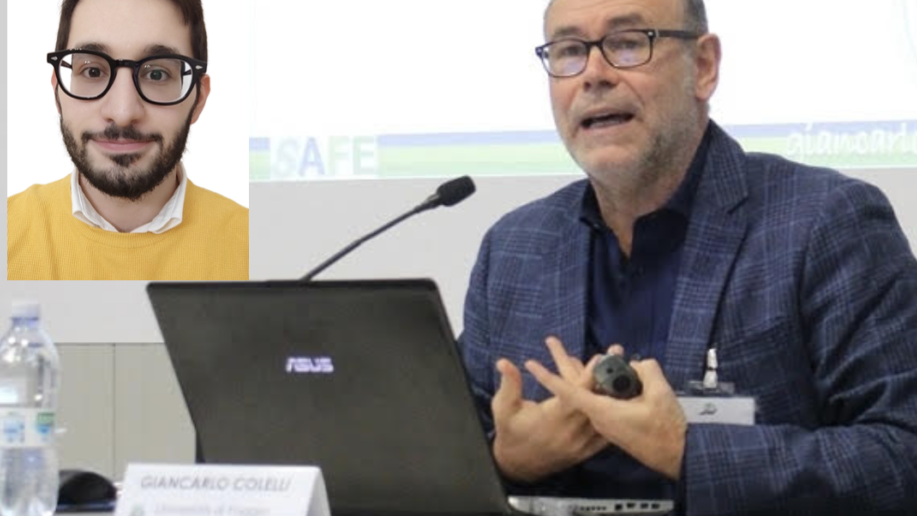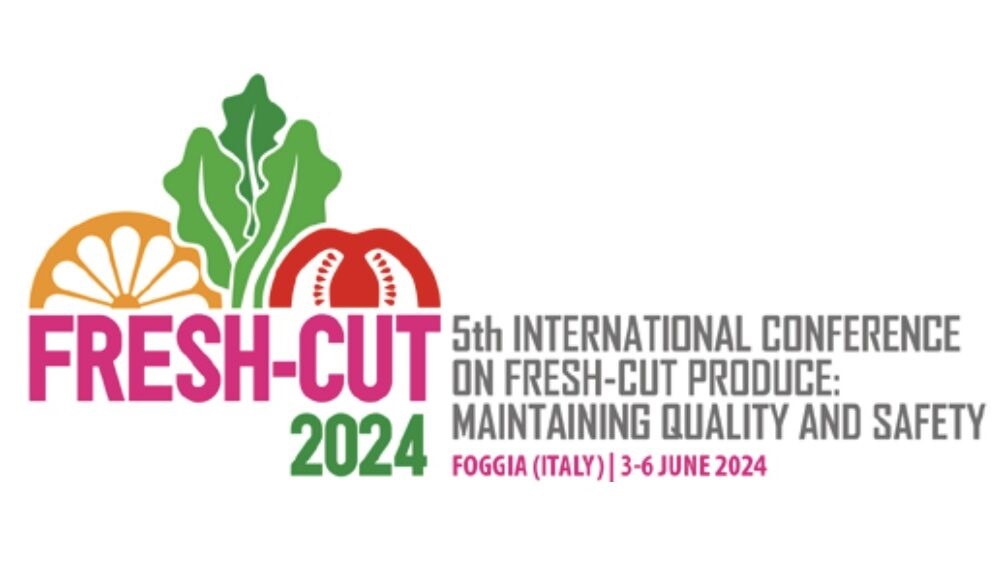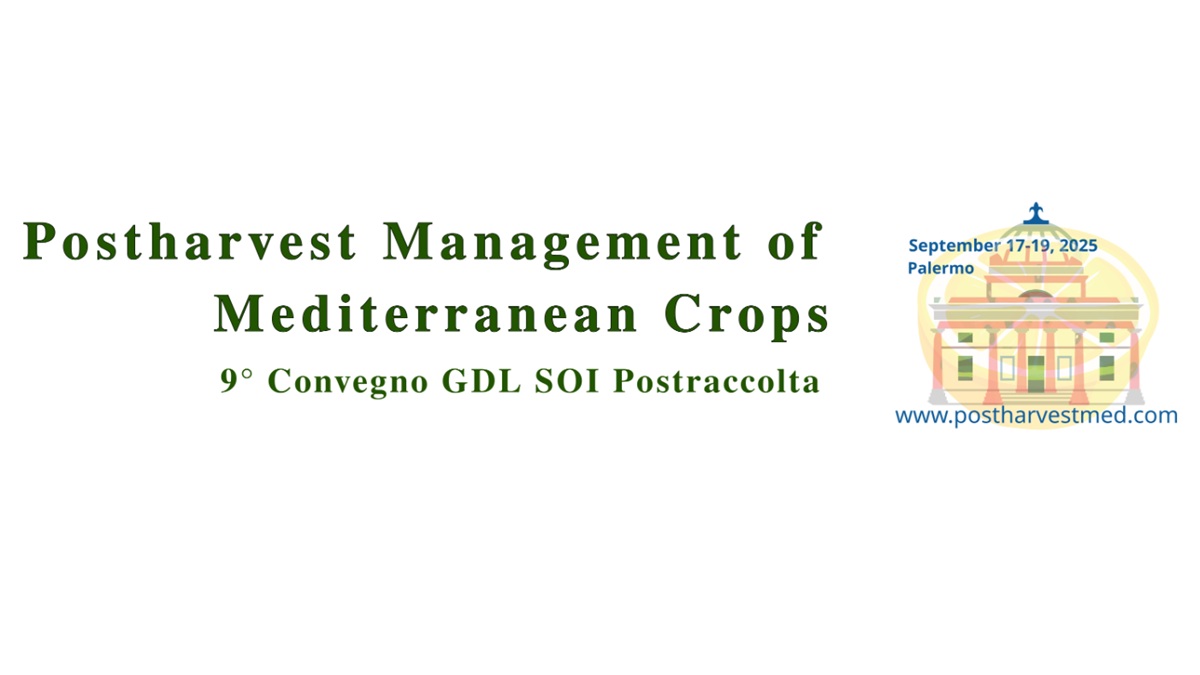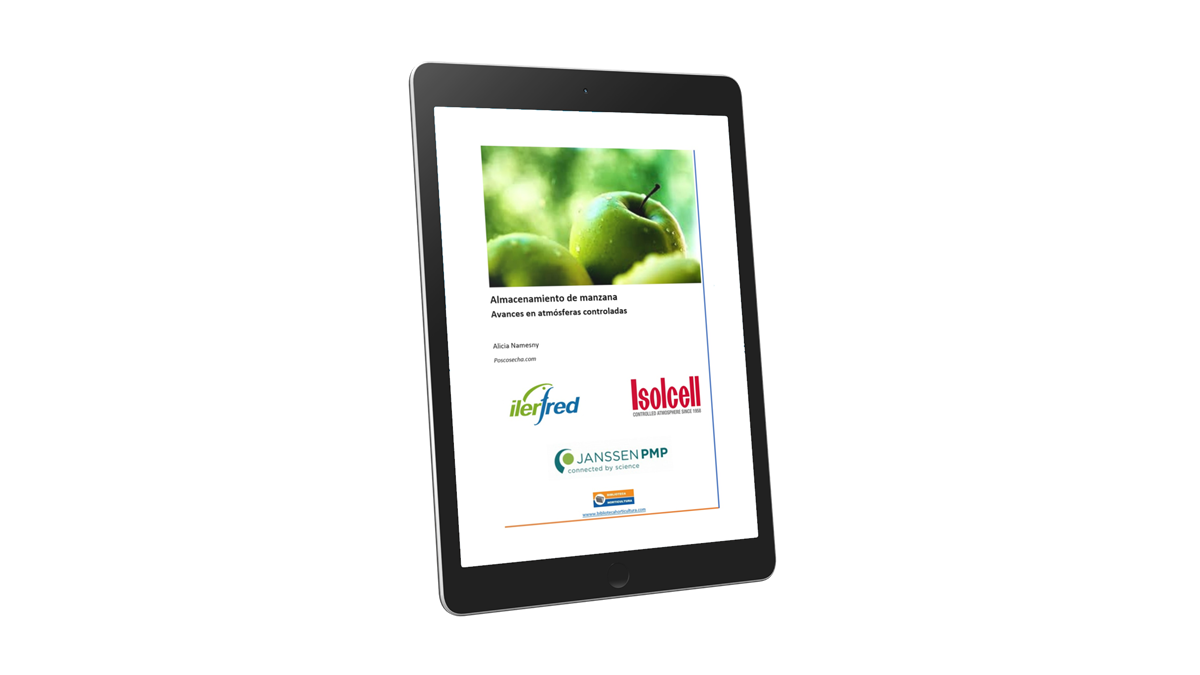Packaging
Sustainability in Fresh-Cut Produce Packaging: Impact on Quality and Service
Optimizing the packaging of minimally processed fruits and vegetables: reduce, reuse, replace, and recycle, balancing quality and sustainability. By Giuseppe Rosiello and Giancarlo Colelli (University of Foggia, Department DAFNE)

Due to the ongoing changes in the lifestyles of modern society, convenience foods are gaining increasing prominence. These are defined as "any ready-to-eat food or food requiring minimal preparation before consumption, capable of reducing the time, physical, and mental effort required for its preparation and consumption." Within this category, fresh-cut produce, which undergoes minimal processing, offers high nutritional value while respecting both Italian gastronomic culture and the principles of the Mediterranean diet.
These products have a living cellular structure with a rapid metabolism, a process that is further accelerated by cutting and peeling operations. As a result, these foods are distinguished by having a short shelf life, and due to their chemical-physical properties and the absence of a process to reduce microbial load, are classified as "risky." Modified atmosphere packaging, through adequate reduction of oxygen levels and an increase in carbon dioxide levels, is of essential importance to slow down the loss of product quality and maintain adequate levels of microbial safety.
The IV range industry is often criticized for the use of large amounts of plastic. However, in an overall analysis, it should be considered that:
- Various studies have shown that the packaging stage generates fewer environmental impact issues for bagged salads.
- The plastic used is entirely recyclable.
- Even the equivalent "raw" product would require some form of packaging.
Nevertheless, the disposal of plastic materials remains one of the top concerns of modern society, and currently, the European Union is on the verge of approving new regulations with the stated goal of reducing plastic use, including in the fruits and vegetables business, which could lead to significant changes, especially in the minimally-processed products.
In any case, regardless of the new regulations, strategies that can be implemented to reduce the impact of plastic use on the planet (with particular reference to the massive dispersion of plastic material with implications for both the environment and human health) can be summarized in the principle of the four Rs.
Reduce
The term "overpackaging" is defined as the excessive use of plastic packaging material compared to what is strictly necessary to preserve the product's quality and reduce food waste. Often, overpackaging is employed to boost sales in market segments where consumers perceive a "generous" package as synonymous with quality. Fortunately, not all consumers view it as a quality attribute, and based on some negative attitudes toward this trend, retail companies have urged manufacturers to reduce packaging sizes.
But to what extent can packaging be reduced? To implement this solution, it is necessary to identify the minimum safe volume for fresh-cut produce – the smallest packaging size that can contain a specific quantity of product without causing physiological stress such as fermentation and/or mechanical damage, considering its compatibility with packaging machines. However, due to the heterogeneity of barrier properties among different materials and the characteristics of minimally processed products in terms of size, shape, respiration rate, and resistance to mechanical damage, this minimum safe volume is not universal. It should be studied for each type of fresh-cut fruit and vegetable and each material used. There aren't many studies on these aspects, but optimizing these conditions could lead to a reduction in plastic use by 20-30% without negatively impacting established processes and product quality.
Re-use
In the fresh-cut business, the concept of reuse is mainly applied to secondary packaging, such as crates, which allow the grouping of individual sales units. Technological solutions aimed at reducing void volume have led to the implementation of efficient logistical structures for crate circulation. Some solutions enable the reuse of secondary packaging, even for handling/storing raw materials, through the use of sealed bins with lids equipped with special membranes to regulate the gas exchange of products inside, creating optimally modified atmospheres based on the product's needs.
These membranes allow the modulation of oxygen intake and carbon dioxide release from the bin, creating specific gas conditions in the headspace beneficial for maintaining the quality of fruits and vegetables. Depending on the respiration intensity and the quantity of product placed inside the bins, the membranes can open more or less prominently to allow an adequate level of oxygen, thereby slowing down the respiration of the produce and avoiding unwanted fermentations. Naturally, these bins can be reused for the same product or different products after proper sanitization.
Regarding reusable primary packaging for minimally processed products, glass packaging could be considered. Unfortunately, glass is a material that does not allow gas exchange, so gas exchange would need to be facilitated by a polymeric membrane inserted into the container's lid, perhaps with barrier properties tailored to the needs of different product mixes in the container. Glass is easily reusable, but its limitations lie primarily in economic factors. Sanitization, handling, and storage operations for glass packaging are notoriously more expensive than plastic materials. Additionally, standardized packaging would need to be used to meet the producers' needs, also to minimize the transfer of empty containers over long distances.
Replace
In line with technological advancements and the needs identified by the FAO in the 2030 Agenda, the scientific community is exploring strategies for replacing fossil-based materials with "bio-based" materials. These new materials are emerging as key players in the fight against the excessive use of petrochemical plastics. They are derived from renewable sources, allowing for reduced consumption of the planet's natural resources and, being biodegradable, a drastic reduction in plastic released into the environment. However, their use in fresh-cut produce is limited due to their excessive cost and technological characteristics that may not always align with product requirements.
For example, the oxygen barrier properties of polylactic acid (a polymer obtained from carbohydrate fermentation products of corn) are too high, while for water vapor, they are too low. This means that anaerobic conditions and/or excessive dehydration may occur in packaged products, resulting in a shorter shelf life. Within certain limits, laser micro perforation can be used to modulate the barrier properties of the material, but specific experiments on the gas balances created in the headspace, with particular reference to the oxygen and carbon dioxide content, are required. Additionally, polylactic acid would require changes in end-of-life management, considering the need for thermal treatments to ensure immediate biodegradability. Other attempts at substitution have involved the use of cellulose (paper) packaging, which, in terms of end-of-life management technologies, represents the most cost-effective material. However, the paper has barrier properties far from the requirements of minimally processed products, despite recent studies developing techniques to modulate these properties through the addition of natural substances to the mix. Currently, the paper used for salad bags is generally laminated with a layer of plastic material (albeit reduced) to modify barrier properties and ensure the necessary sealability of the packaging. However, the coupling of these materials poses additional challenges during the recycling of paper materials.
Recycle
Generally, recycled plastics have lower quality characteristics compared to their virgin counterparts; in particular, most of them are intended for non-food use. Current regulations, however, allow the production of packaging for food use from recycled PET (polyethylene terephthalate), known as RPET. In light of this, it would be desirable to increase the use of such material for fresh-cut produce, seeking to address (also in this case, through careful use of laser micro perforation) issues related to its barrier properties.
On the other hand, polypropylene, the main material currently used for packaging minimally processed products, poses significant quality issues for recycled products. As recycled material, it cannot be designated for food use (although there are considerable other applications), and each recycling cycle introduces additional quality problems, typically allowing a maximum of three recycling cycles beyond which the material loses functional properties. An important perspective in this regard is the implementation of chemical recycling technologies in addition to (or in place of) current physical recycling technologies. Currently, this possibility does not exist due to regulatory reasons.
However, the recycling strategy, while reducing the use of fossil-based plastics, does not entirely eliminate its usage. The adoption, whether combined or not, of these strategies, should be considered in the design phase of packaging (of any type and for any product) to account for both the technological needs associated with packaging (containment, protection, communication, and extension of shelf life) and the environmental impact and overall sustainability of the production process.
Eco-friendly design involves integrating environmental assessments to minimize environmental impact throughout the entire life cycle. The COST (Cooperation in Science and Technology) Action "CIRCUL-A-BILITY," funded by the European Commission, is a network of stakeholders involved in all disciplines related to food packaging: from materials to food technologies, sustainability analyses to consumer dynamics, environmental policies to chemical contamination issues, recycling to circular economy. Over 230 scientists from 37 countries (European and non-European) have created a forum to discuss how to develop environmentally friendly food packaging for the future. Interdisciplinary approaches represent one of the strengths of CIRCUL-A-BILITY. Another important aspect is that the Action includes public and private research centers, food production and distribution companies, materials and packaging technology companies, public agencies, and non-governmental organizations, as well as industry associations.
For more information, visit www.circul-a-bility.org
This topic will be thoroughly addressed in a session during FRESH-CUT 2024, the 5th International Conference on Fresh-Cut Produce, scheduled to take place in Foggia, Italy, from June 3 to 6, 2024.













